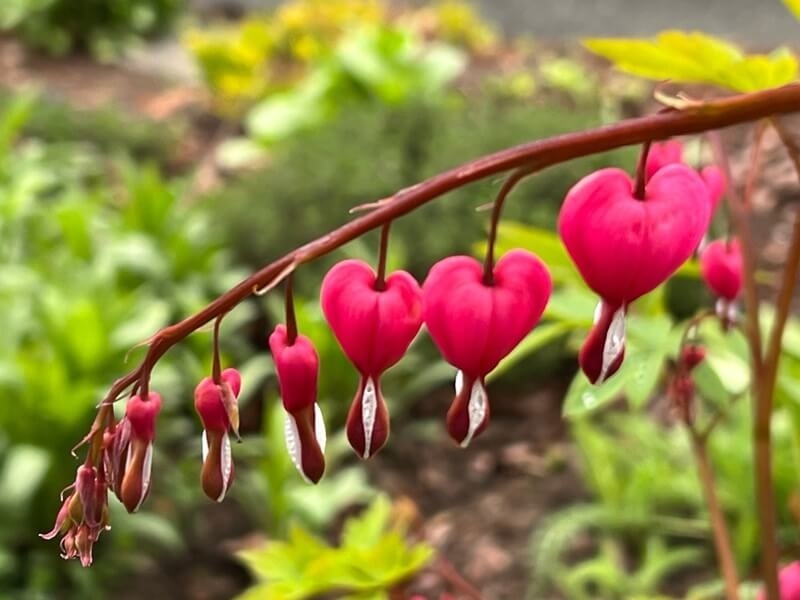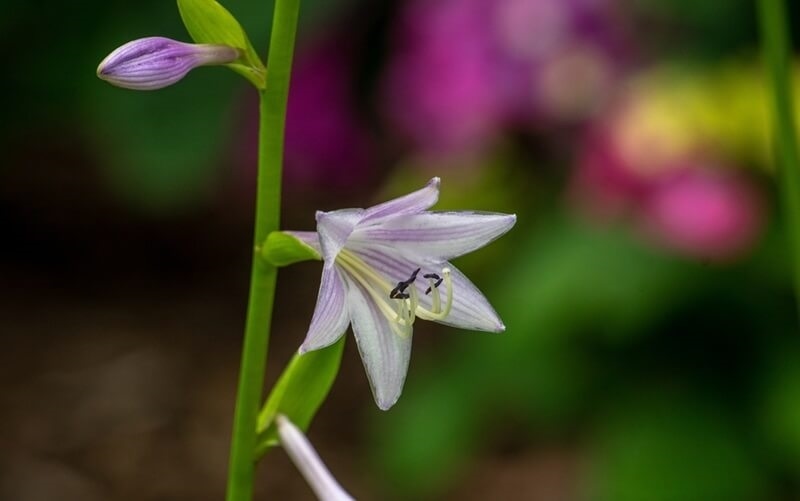
Every yard has that one spot. You know it well — under the big maple, along the side of the garage, maybe tucked behind a shed. It’s shady, cool, and kind of forgotten. You plant something there, it stretches awkwardly toward the light and gives up halfway through the season. Frustrating, right? But here’s the secret: some plants actually like it there. They thrive in shade. In fact, they look their best when the sun isn’t blazing down on them. These are shade loving flowers, and they can turn those dark corners into highlights.
Because shade doesn’t have to mean dull. Honestly, some of the prettiest gardens are built in partial or full shade. Think of them as hidden retreats. The colors don’t scream at you like sun gardens do. They glow. There’s a calmness about them. And bonus: shady areas usually hold onto moisture longer, which means less work with the hose on hot summer days.
Instead of bare dirt or weeds, you can have a lush little corner that feels intentional. Once you lean into it, you’ll wonder why you didn’t start sooner.
So what works? A few classics never fail. Impatiens, for starters. They’re cheerful, come in reds, pinks, purples, whites — and they just keep blooming. Begonias are another favorite, giving you both color and bold foliage. And then there’s astilbe, with its feathery plumes that look almost cloud-like when they sway in the breeze.
These flowers that grow in shade aren’t fussy. They don’t sulk if the sun disappears. Put them together in clusters and watch a drab patch transform into a living bouquet.

Not all shade is equal. Some spots get morning sun, others a touch in late afternoon. For those in-between spaces, go with plants that like a little light but not all day. Hostas are the obvious pick — big, textured leaves and lavender blooms if you let them flower. Bleeding hearts are another, with pink, heart-shaped blossoms that dangle like ornaments on a string.
And don’t skip coleus. Sure, it’s grown for its foliage, but those neon leaves in purples, yellows, and greens light up a corner as much as flowers do. When it comes to partial shade flower ideas, these three are practically foolproof.
Shade doesn’t equal boring. Actually, some of the most colorful blooms prefer low light. Fuchsias, with their hot pink and purple pendants, are irresistible. Torenia — the wishbone flower — adds blues, purples, and yellows. Foxgloves stand tall with dramatic spikes, and if you tuck them into the back of a bed, they add instant depth.
The trick with colorful flowers for shady yards is contrast. Light-colored blooms like white impatiens or pale pink begonias pop against deep green leaves. A mix of tones makes the whole corner glow.
If you want reliable performers, you can’t go wrong with hydrangeas. Those big mophead clusters stop people in their tracks. Coral bells (heuchera) give you endless foliage color choices and send up delicate flowers on tall stems. Hellebores — often called Lenten roses — bloom before most plants even wake up in spring.
These are the best shade tolerant blooms because they give you beauty and resilience. They don’t fuss. They just deliver.
Shade isn’t just an outdoor challenge. Inside, a lot of corners barely get natural light. Good news: some flowering plants don’t mind. Peace lilies bring elegance with white blooms and glossy leaves. African violets stay compact and bloom in cheerful shades right on a windowsill. Bromeliads? They bring tropical drama, even in less-than-ideal light.
These low-light flowering plants brighten rooms the same way shade plants brighten yards. Perfect if you’ve got more shadow than sun inside.
It’s not just about what you plant — it’s how you arrange it. Start tall in the back: hydrangeas or foxgloves. Then medium growers like begonias or astilbes. Finally, tuck violets or creeping ground covers at the front. It layers the look and makes small spaces feel fuller.
And don’t ignore foliage. Hostas, coleus, coral bells — their leaves are so striking they’re practically artwork. Mix them with bloomers for year-round appeal. Whites and pastels glow in shade, so use them liberally.
Maybe your shady spot is a balcony or porch. No problem. Impatiens, fuchsias, and trailing ivy look incredible in hanging baskets. Begonias thrive in pots and bring bold color. Containers are fun because you can move them around, experiment with combos, and brighten up the smallest shady corner.
They might not demand sunshine, but they do have needs. Keep soil well-drained — too much water invites rot. Check moisture before watering; shady spots sometimes seem damp but dry out faster than you think. Feed them once a month during the growing season. And deadhead old blooms to keep the display fresh.
Healthy plants bounce back easily. Neglect them, though, and even shade lovers can fade.
A well-planned shade garden gives you something to enjoy in every season. Hellebores and bleeding hearts kick things off in spring. Summer brings impatiens, begonias, and astilbes into the spotlight. Hydrangeas keep going into fall. Coral bells and hostas keep their striking foliage well past bloom time.
Even in winter, hellebores sometimes surprise you with flowers while snow’s still on the ground. With the right mix, there’s always something happening.
There’s a mood to them. Sun gardens are loud, almost flashy. Shade gardens whisper. They’re cool retreats, with soft color glowing against deep greens. Sit there on a hot day, and it feels like a hidden nook carved just for you. That’s the magic of embracing shade instead of fighting it.
Color isn’t the only way to brighten a dark corner. Fragrance does wonders too. Think about it: walking into a shaded nook and catching the sweet scent of lilies or the spicy note of dianthus makes the whole space feel alive. Shade gardens can sometimes feel cool and quiet — adding scented blooms turns them into little sanctuaries.
Good choices? Lily of the valley thrives in partial shade and fills the air with perfume. Nicotiana, also called flowering tobacco, releases a soft fragrance in the evening. Even some varieties of hosta send up lightly scented flowers in summer. When you combine sight and scent, those shady corners stop being afterthoughts and start becoming the places you want to linger.
Those dark corners in your yard aren’t wasted space. They’re waiting. With shade loving flowers, you can brighten them up and give them purpose. From classic flowers that grow in shade to versatile partial shade flower ideas, from bold colorful flowers for shady yards to dependable best shade tolerant blooms, the options are endless. And if you want to bring the vibe indoors, low-light flowering plants do the trick just as well.
Shade isn’t a problem. It’s a canvas. Once you start planting with it in mind, those forgotten corners will become your favorite spots.
This content was created by AI